From automated kitchens and robot waiters to data-driven menus and smart supply chains, China's largest city wants to lead the country in the transition to a "smart restaurant" model.
The action plan, released by the Shanghai Commission of Commerce and four other agencies on November 11, aims to make Shanghai a “national-leading, world- class” center for technology-enabled restaurant models by 2028.
Over the next three years, more than 70% of dining, fast food and beverage chains are required to integrate smart technology into the entire value chain. For full-service restaurants, this rate must exceed 50%.
The city will also build a smart kitchen system, deploy 3-5 “AI + dining” pilot projects and promote the formation of technology solution providers for the catering industry. At the same time, Shanghai will encourage local culinary brands to expand into international markets through the smart supply chain system that the city is building.
.png)
Li Yingtao, a partner at Shanghai-based consultancy MCR, said the strategy could accelerate industry restructuring, giving a big advantage to large-scale restaurant chains that can invest in technology, while small, family-run restaurants could struggle if they lack the digital capabilities.
However, this transition also opens up opportunities for companies that provide solutions to help small restaurants improve their operations.
With millions of workers working in the food service industry across China, Shanghai is calling on chains with standardized menus – such as fast food and drinks – to move to a “staff-less or staff-less” model.
This includes the adoption of frying robots, rice cooking robots, smart dispensers and automated burger making systems. The city will also support the construction of smart central kitchens with automated washing, cooking and packaging processes.
Shanghai’s plan emphasizes the goal of preserving and innovating traditional culinary skills amid automation, while maintaining a consistent taste for dishes. In addition, AI-based menus and nutrition tools will be encouraged in restaurants.
But introducing robots into the kitchen raises concerns in a culinary industry that values the craftsmanship and sensibilities of human chefs. Analysts warn that if robots take away flavor or create a “machine taste,” customers could object.
Li Yingtao said that while serving robots can create a fun experience in the short term, cooking robots face more challenges due to the delicate demands of Chinese cuisine. Zhao Zhijiang, a researcher at consultancy Anbound, warned that the development of smart kitchens could push the industry toward processed food, losing regional culinary identities and making the dining experience less human.
Experts also believe that automation will reshape the labor market more than create a wave of layoffs outright. Repetitive, low-skilled jobs like dishwashing, serving, or food preparation are likely to be replaced by robots. Conversely, new positions related to equipment maintenance, digital operations, data analysis, and AI-based management will create demand for a higher-skilled workforce.
Source: https://congluan.vn/thuong-hai-thuc-day-nha-hang-ai-va-bep-an-tu-dong-10318034.html







![[Photo] General Secretary To Lam and National Assembly Chairman Tran Thanh Man attend the 80th Anniversary of the Traditional Day of the Vietnamese Inspection Sector](https://vphoto.vietnam.vn/thumb/1200x675/vietnam/resource/IMAGE/2025/11/17/1763356362984_a2-bnd-7940-3561-jpg.webp)


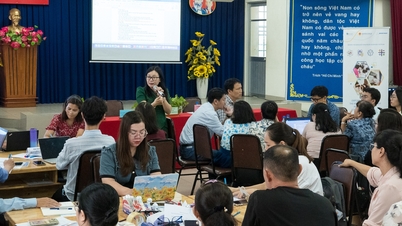

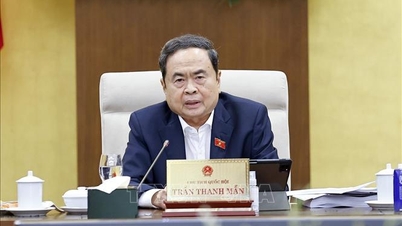

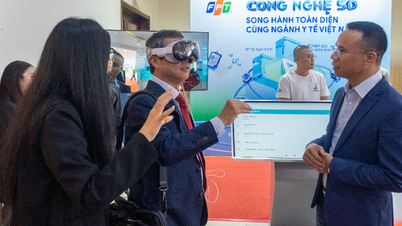












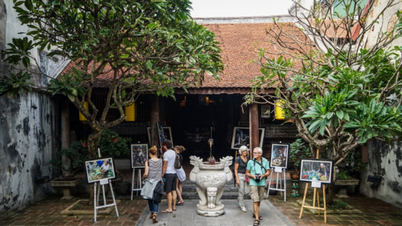



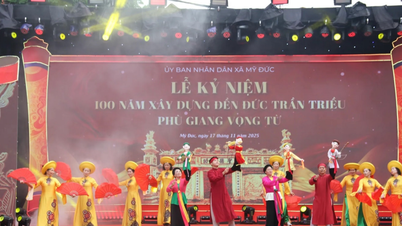



















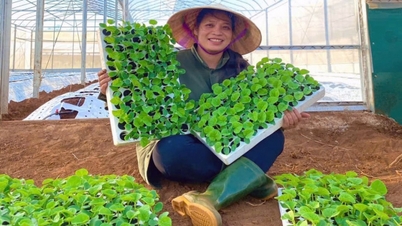















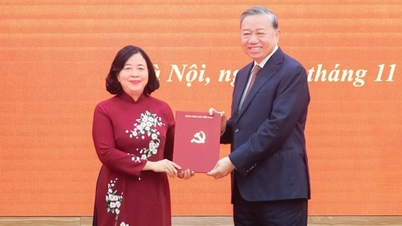









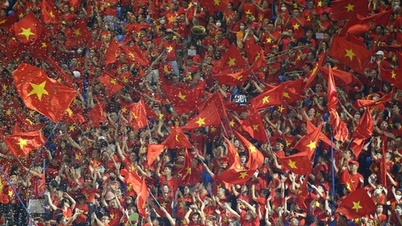













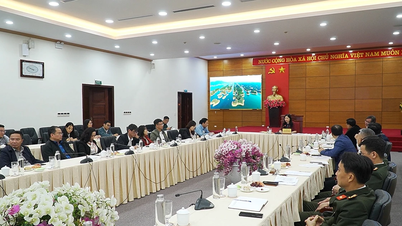















Comment (0)